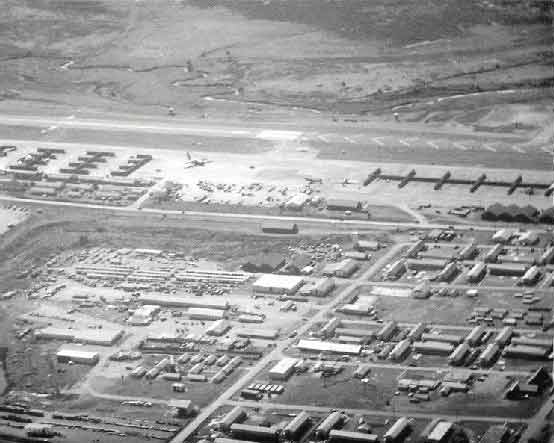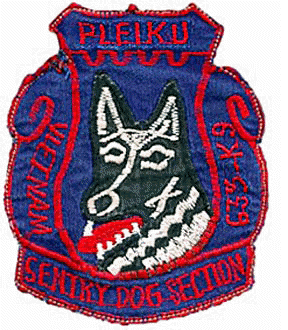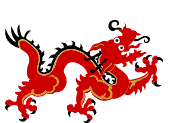|
|
Pleiku AB Air Base
Republic of Vietnam
|
During the Vietnam War, the defense of
Air Force bases mirrored the conflict itself: There was no rear echelon once
the entire country became a battlefield. Air Force bases relatively,
unaffected by ground forces in past wars, were no longer considered safe
havens. They, too, suffered from costly ground assaults and mortar shelling.
Within easy reach of North Vietnamese troops, Air Force bases in Vietnam and
Thailand were attacked 478 times from 1964 to 1973. One hundred and
fifty-five Americans were killed and 1,702 wounded, along with 375 allied
aircraft being destroyed and 1,203 damaged. In fact, more U.S. planes were
lost in ground action (101) than in dogfights with MIGs (62).
Bien Hoa Air Base, located 15 miles north of Saigon, was the first U.S. air
base in Vietnam to taste the damage a small, well-trained force can inflict.
A hit-and-run mortar attack destroyed five B-57 bombers and damaged 15
others. The Viet Cong, in less than five minutes, wiped out an entire
squadron.
The attack hammered home a hard message. To fight in the air, the Air Force
had to be able to fight on the ground."
Above Published in AF Times
![]()
Pleiku AB was located about 60 nautical miles due west of Phu Cat AB. This was a major base with a 10,000 foot all weather instrument runway. Highway 19 was the major highway from Qui Nhon on the coast to Pleiku AB in the central highlands. A petroleum pipeline ran alongside this highway. Somewhere along its length the Viet Cong blew up a section every night. The K-9 Section provided security for Pleiku AB Air Base from Nov 1965 to 1970. The section had 27 sentry dog posts planned , but was never fully manned.
Over it's lifetime, two Security Police units were assigned to Pleiku AB. Pleiku AB was the home of the 633rd and 6254th. Usually when these changes occurred, all personnel remained, just the unit name (or number) was changed. It's a military thing!
After President Nixon’s announced the Vietnamization program in late 1969, the number of handlers began dwindling. Handlers rotated home and were not replaced. As the number of K-9 handlers grew fewer, K-9 post were consolidated and grew longer. At the same time, the SP's on towers, bunkers, LPs, and other perimeter post were gradually replaced with Vietnamese Air Force (VNAF) personnel. By September 1970 the perimeter was almost completely guarded by VNAF and SP Dog Handlers.
As part of the base turnover to the Vietnamese Air Force, ten sentry dogs were selected for retraining to VNAF handlers. Over 100 potential VNAF handlers were selected for training. Most disappeared before completing training. The handlers that did complete the training were described as “cocky SOBs”. The Vietnamese never had a effective dog program. The dogs were more expensive to feed than their own soldiers.
Several handlers were shipped to Cam Ranh Bay AB in June or July, 1970. The last Air Force dog handlers left Pleiku AB on Sept. 28, 1970 and were shipped to Phu Cat AB Air Base.

Aerial View of Pleiku AB Courtesy of Joseph J. Kozlowski

Patch Courtesy of Bruce Kinnard
![]()
Pleiku AB Air Base Dogs of Pleiku AB Handlers of Pleiku AB

